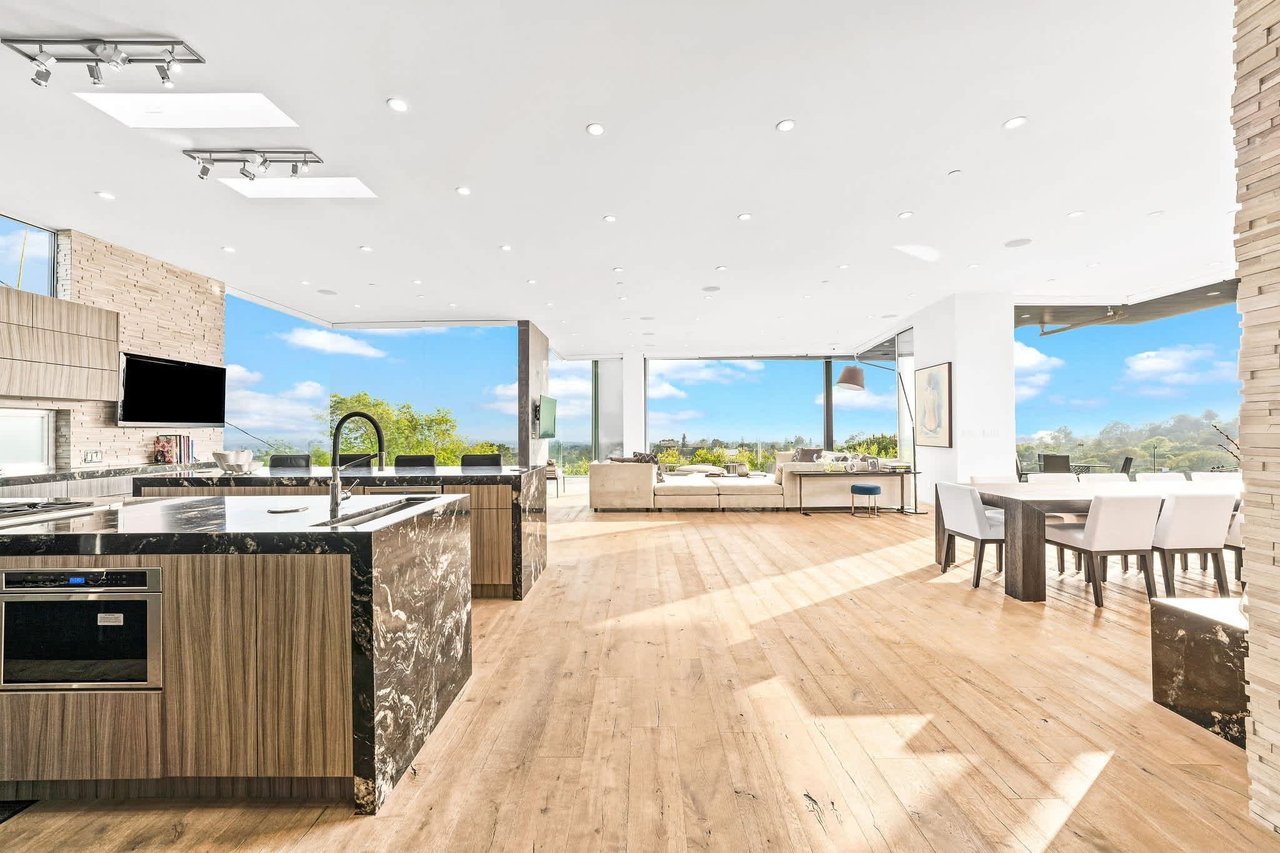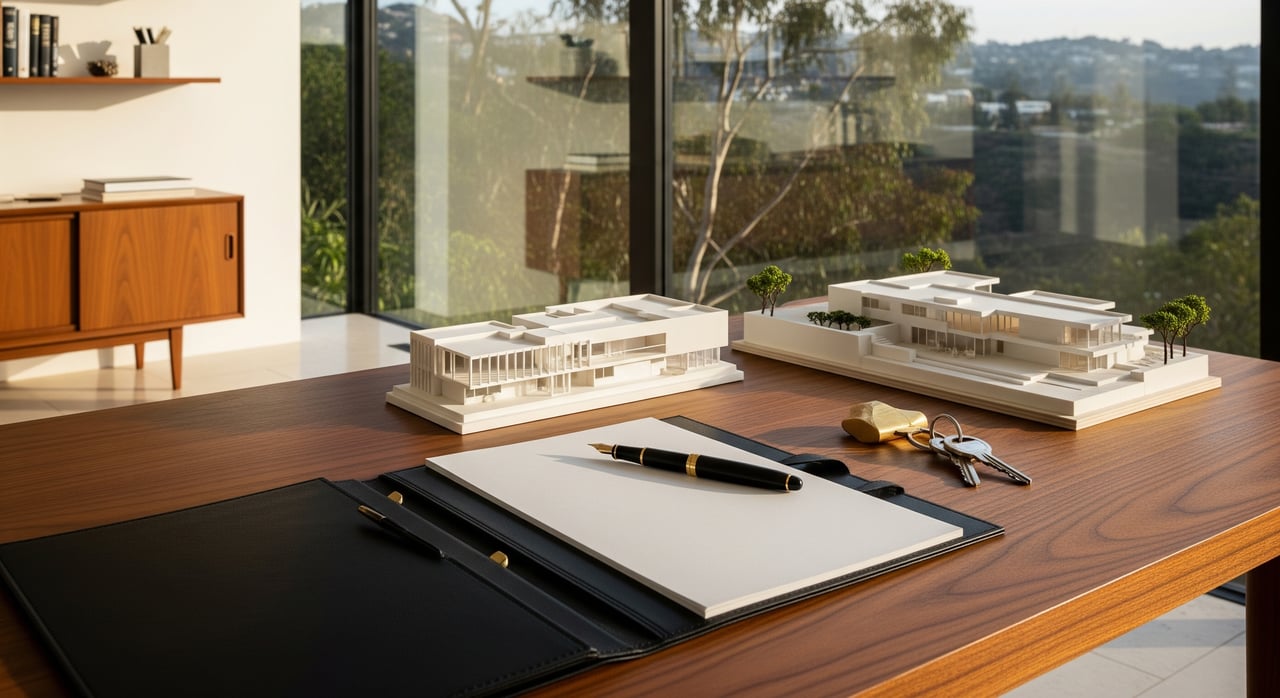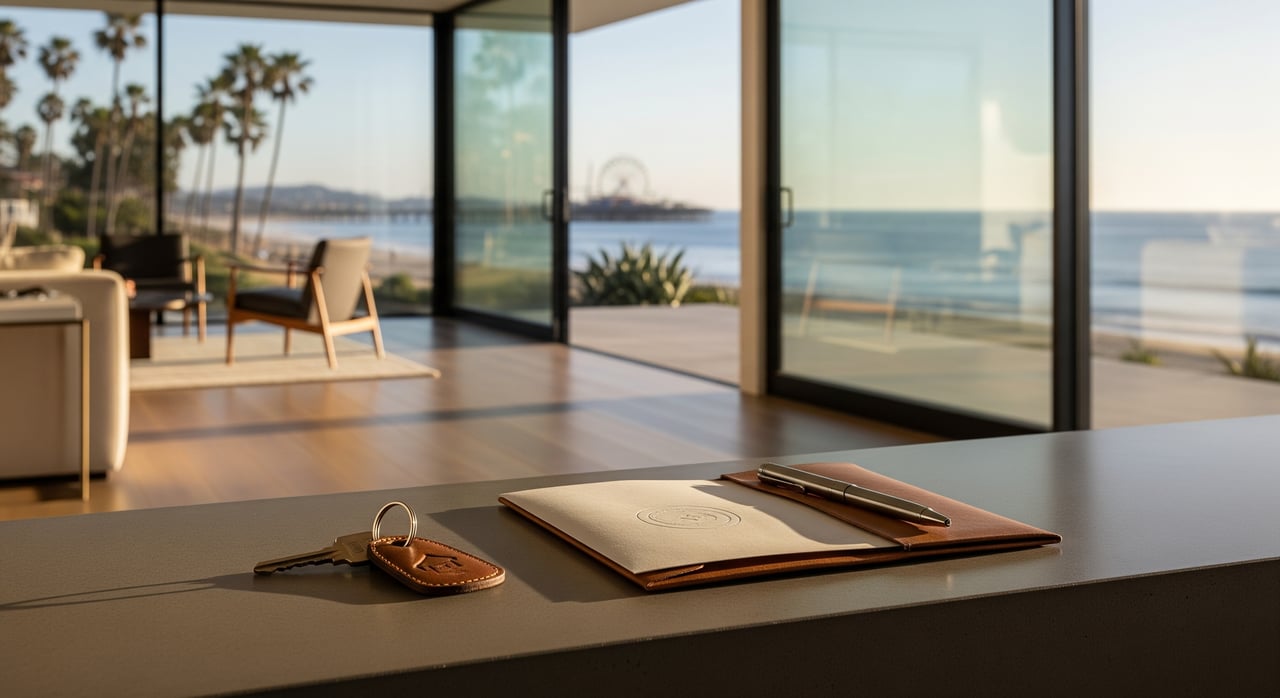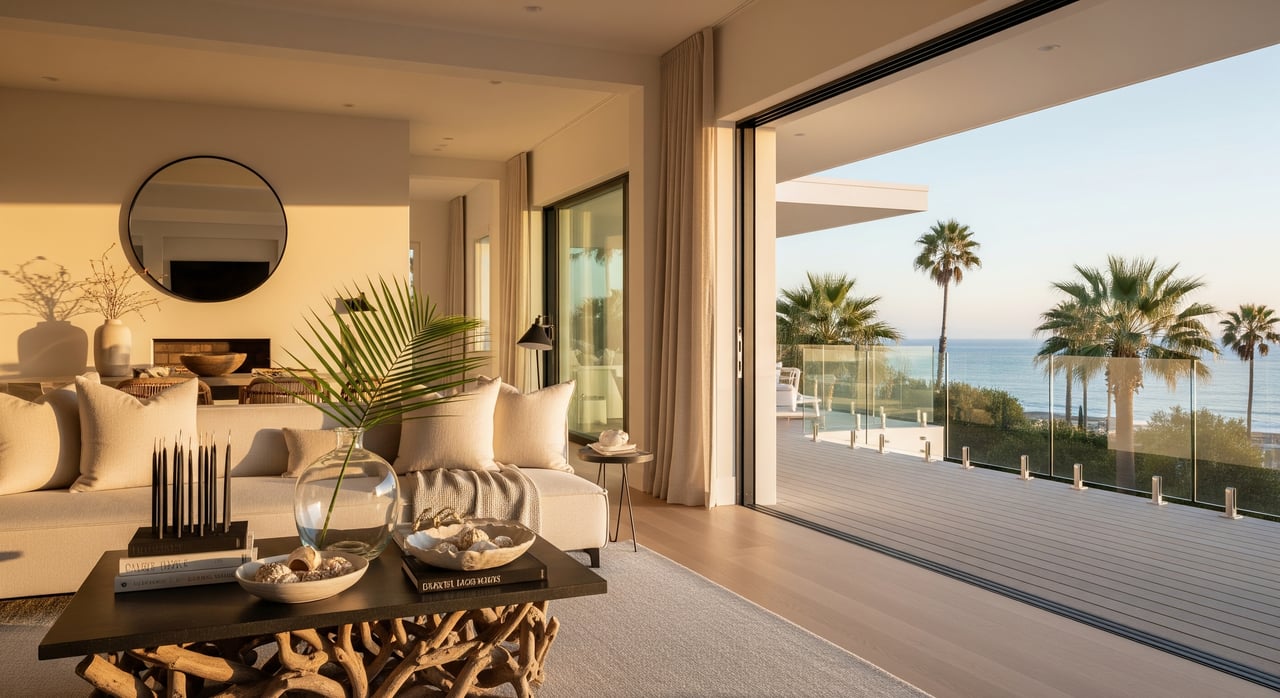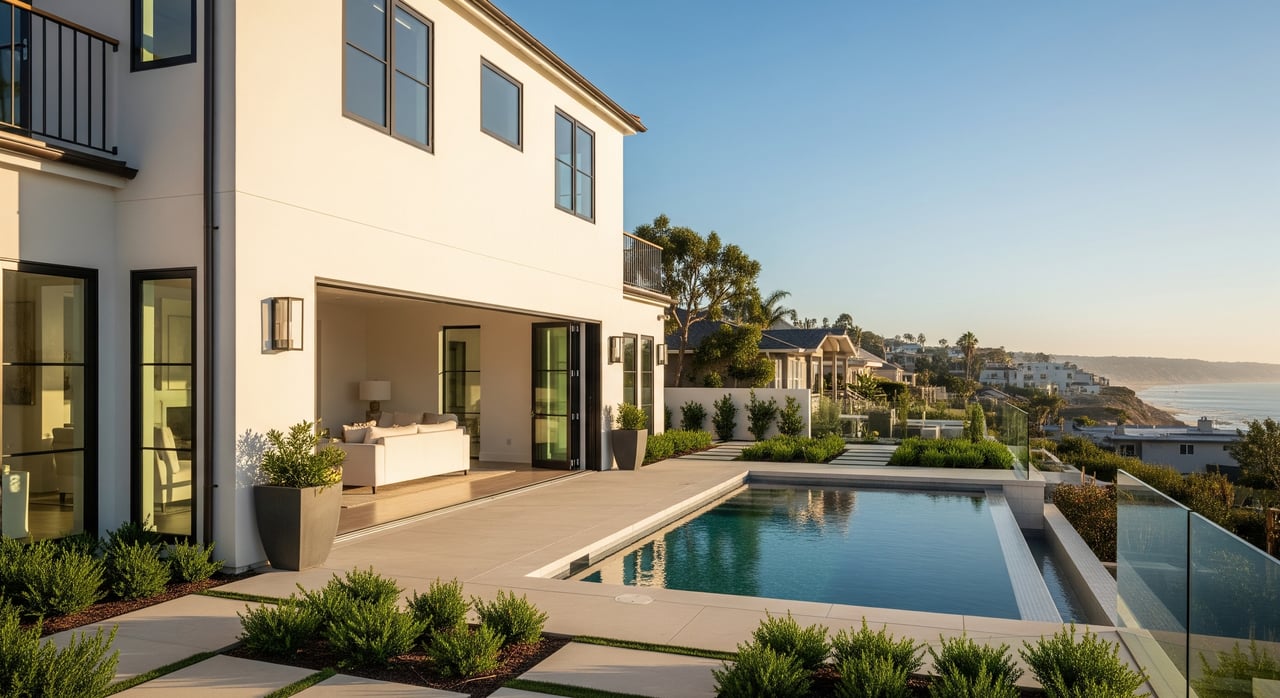People are drawn to different designs and certain trends fall in and out of style, but modern architecture has captivated the home buyer for over a decade.
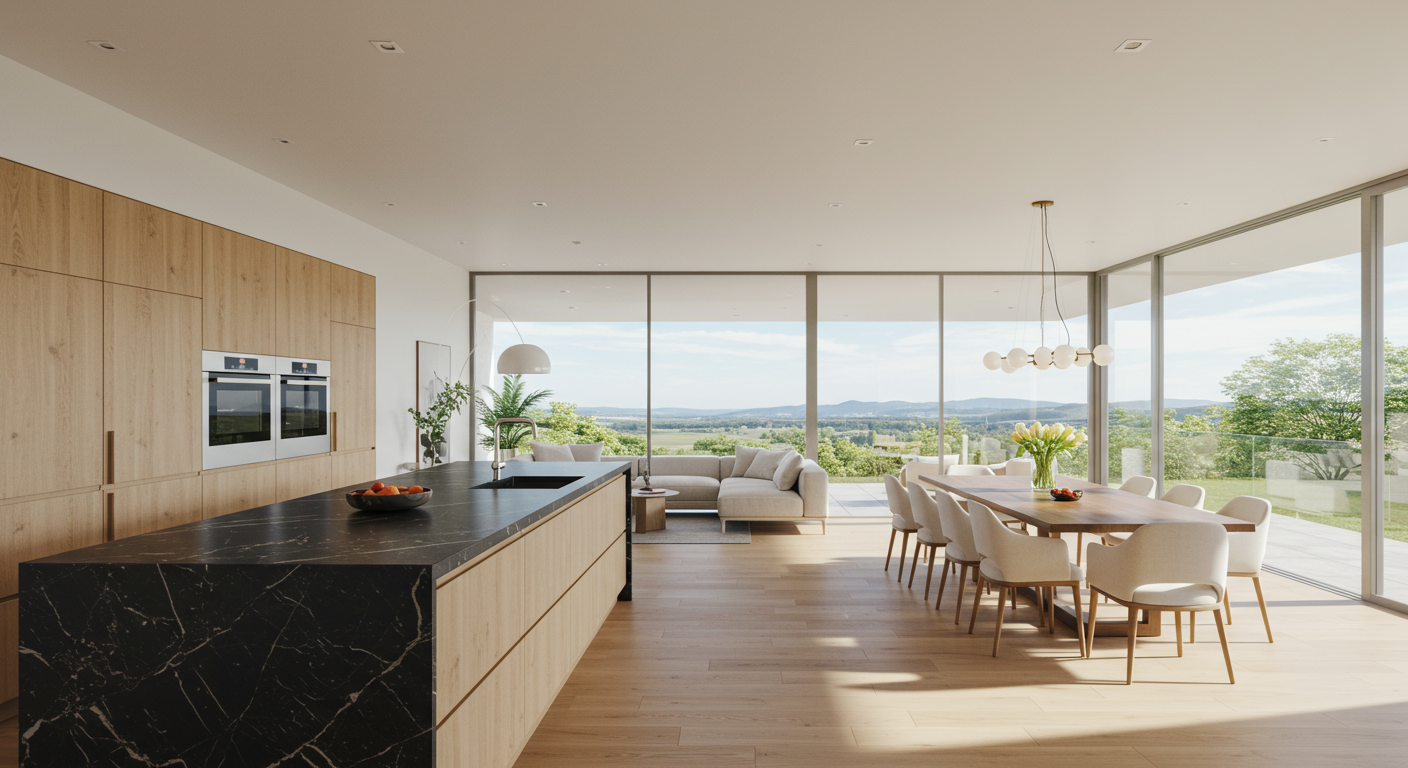
Modern Architecture is universal
Even if the initial clean lines don't intrigue you from the start, there are still elements of modern design that will appeal to you. The fundamentals of modern architecture are clean and simple. Its ever-present philosophy abides to the ideal that form follows function. Therefore, modern architects express themselves through simplicity, clear views of structural elements and by eschewing unnecessary design details.
What is the difference between modern and contemporary architecture?
The differences of these types of architecture are extremely subtle. The two terms have been intertwined in casual conversation but to be very literal, contemporary means now, while modern refers to technological and engineering developments that date back to the turn of the 20th Century. Modern architecture focuses on featuring the elements such as glass, steel, and other innovative elements. Contemporary architecture is ever changing with the times. Currently the two are closely linked, but in a decade or so contemporary design could be referring to a completely different aesthetic.
The unique concept of modern architecture
Some of the most iconic modern architecture designs are by architect Frank Lloyd Wright. He designed more than 1,000 structures over a creative period of 70 years. Wright believed in designing in harmony with humanity and the environment. This type of design is anything but boring, some featuring floor to ceiling windows or floor plans that blur the line between building and outdoors.
Modern Living
This type of architecture also allows the home owner to seamlessly upgrade to the latest appliances and smart-home technology. The open concept design allows for a fresh kitchen upgrade or an expansive pocket door leading to an infinity pool. Other styles of architecture just aren't made to handle such features.
Mixing but not blending in
Mixing traditional and modern architectural elements works well when done properly and with a bit of of restraint. These two seemingly opposing styles can be complementary. By featuring natural elements, modern architecture can integrate with its surroundings including other buildings in the neighborhood.
While modern architecture may not be for every home buyer, the freedom created by the design will continue to captivate new home buyers for the foreseeable future.
